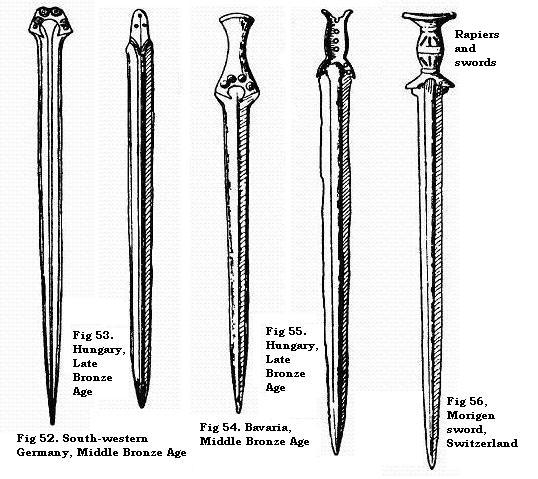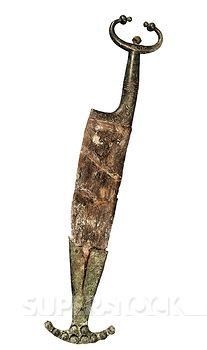Posts: 669 Location: Dinuba, CA
Thu 03 Nov, 2016 6:49 am
Sassanian swords are rather fascinating. The extent of Iranian power and number of original blades and representations that survive from between the 6th-8th centuries CE makes it seem likely to me that any surrounding regions (such as the Caucasus) would likely have adopted it from the Persians, rather than the other way around. However, the forms of the belts and scabbard mounts on the Sassanian swords is very similar to much older Central Asian examples, harking all the way back to Scythian prototypes, which might suggest such an exchange. That's not to say such equipment had not already deeply influenced Persian fashion by that time, so it's hard to make any determined proposal. This is not my area of expertise and I have not read any published theories.
Such forms, of course, could have been spread through a great number of avenues, such as from the Chinese to the Huns to the western Steppes and then down between the Black Sea and Sea of Azov, just to put forth one complex but historically plausible example. I have my doubts that any western predecessors, such as the Celtic-Roman spatha, were influential due to a number of aspects particular to Asian swords and hardware.
-Gregory
[ Linked Image ]
(Note: Photo courtesy Google Image search!)


